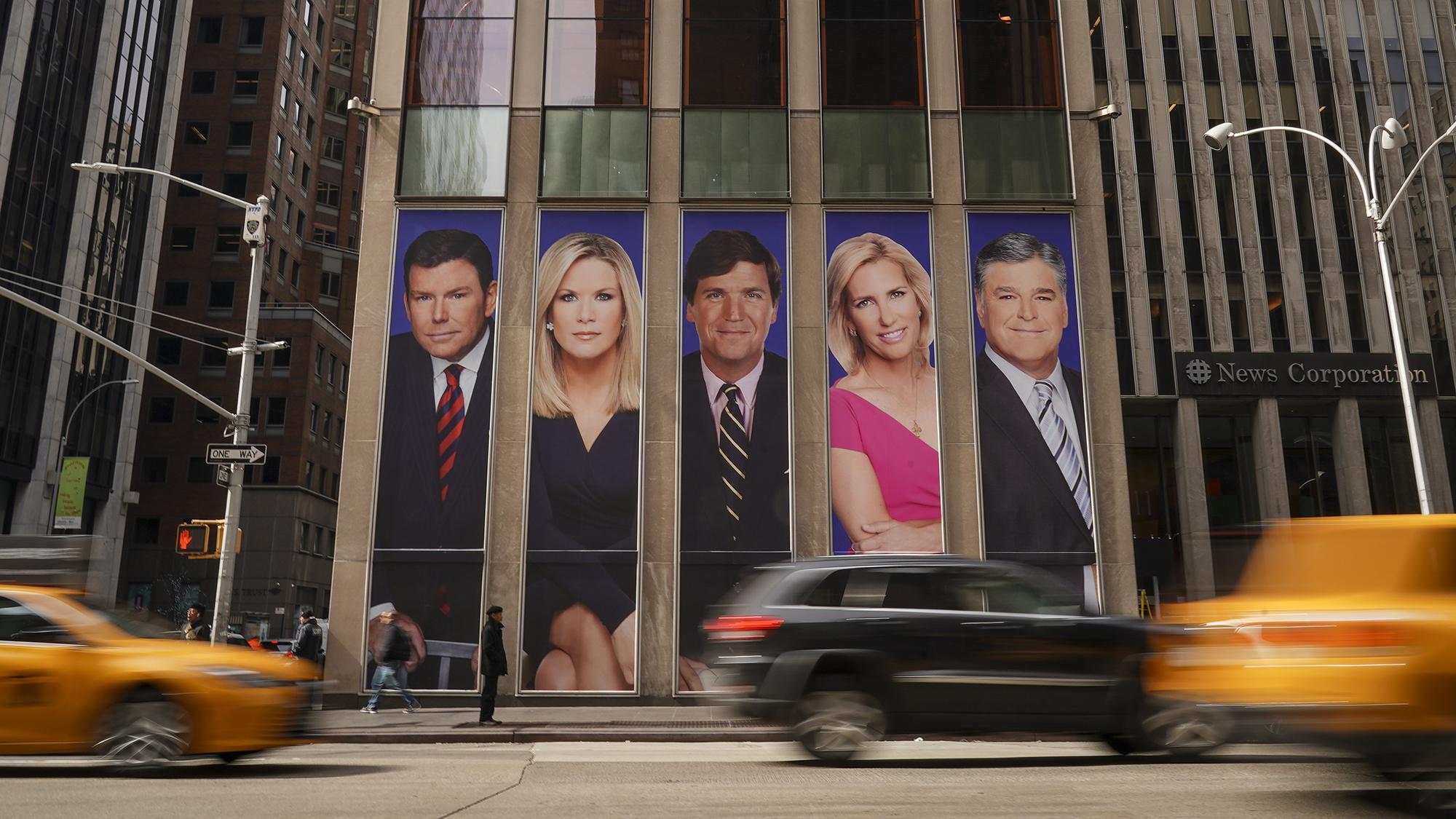RICHARD KREITNER: One of the things I was interested in about the colonial era is, "Where did the colonists get the idea of union from?" It took them, I think we don't really realize this very often, it took them a century and a half to actually join together. And that was not because nobody really thought of it. That was because they didn't want to. They didn't want to form a union. But the first people who did have the idea of a union, was the Iroquois Confederation. Which was an upstate in New York founded, you know scholars disagree, but many think the middle of the fifteenth century. And the colonists were constantly coming into contact with the Iroquois, because they have this very sophisticated political organization and a really ambitious imperial project, on their own, where they took advantage of a vacuum that formed with the decline of many neighboring tribes. And they often played the English and the French off against one another. So the Iroquois have this league of the five nations, and eventually a sixth nation came up from North Carolina and joined. And that was essentially what we would call today a union or a confederacy, where each nation, the Cayuga, the Seneca, and Oneida, sent a certain number of delegates to a tribal council that met near present day Syracuse, where they adjudicated all their differences that they had with one another, and in that way they were able to prevent wars from breaking out with one another.
Benjamin Franklin learned about this, because one of his jobs as a printer was publishing the treaties from different Indian conferences, that the colonists and their officials had to coordinate disputes that they had between Indians and colonists. And one of those, in one of those treaties that Franklin printed, he saw a speech from Iroquois leader named Canasatego, who gave the speech in Lancaster, in Pennsylvania, saying that "we the Iroquois figured out union, "it's time for you the colonists to do so also." Because he had noticed that different colonists from different colonies were constantly quarreling with one another, and fighting. This is what Franklin was inspired by, to draw up what he called, The Albany Plan of Union, which was presented in 1754. And was the first really full fledged plan to get the colonists to unite. You know, we barely remember these events. But if we remember anything at all, it's the cartoon that Franklin drew up and published in his Philadelphia newspaper to try to convince the colonists to join together, and said "Join, or Die." But they rejected his plan. They wanted no part of it. They thought it was essentially equivalent to tyranny. And they threw it out. And Franklin became, you know, very unpopular for a while, and that's when he moved to London. Now ultimately the colonists did take Canasatego's advice and formed a Union. But it was at the Iroquois' expense.
The major issues that were dividing the Americans right when they formed a union and declared independence were basically three fold. One was about western land. Who controlled western land? There were some colonies that their royal charters, going back, you know, almost 200 years at that point, said that they had all the land from sea to sea. Well, nobody knew where the second sea was, the Pacific. But it is said that Virginia, for instance, would have all the land from the Atlantic to the Pacific. Whereas other colonies, like neighboring Maryland, did not have that in their charter. So the states were suddenly radically unequal. Virginia would be able to take that land and sell it off, and lower their taxes, so everybody from Maryland would move to Virginia, and eventually, the Marylanders feared, Virginia would take over Maryland, and there wouldn't be 13 states, there would be maybe 3. And New York and Massachusetts would do the same thing, with states in their spheres. So a lot of the smaller land-less states like Maryland and New Jersey wanted the western domain, once it was eradicated of Indians, to be in the national property. And new states would eventually be carved from that. And that is, you know, the way that it ended up happening.
Another one was representation, and this is the major one that still bedevils us, which is what essentially was the union. Was it an international type association of equal states, where they would each have an equal say in congress and in all decision making? Or was it truly a nation, in which population should be represented? So Virginia would have more delegates in Congress than New Jersey, because Virginia had far more people. This was a dispute that raged throughout the revolutionary period and ultimately ended up with a compromise at the Constitutional Convention, which is why the House of Representatives today, votes are portioned according to population, and the Senate equally among the states. And so, that of course continues to this day, and I think is a major cause of our dysfunction at the moment, and might even cause a rupture in the future. If say California, which now has the most people, gets so frustrated about having the same number of votes as Wyoming, with 1/68th the population.
So that was another major thing tearing Americans apart at the time. And then the third one that just comes to mind, just with the news these days, is foreign interference in American politics. You know, when the Republic was young and weak, European nations like Britain of course, and France and Spain, were taking advantage of American weakness, and actually fomenting separatist rebellions in the United States, and actually keeping people on their payroll in order to do that. That, of course, reminds us of certain conspiracies and stories today. When, I think, in another time of American weakness, foreign rivals are taking advantage of American divisions. Not causing those divisions, but taking advantage of ones that already exist.





